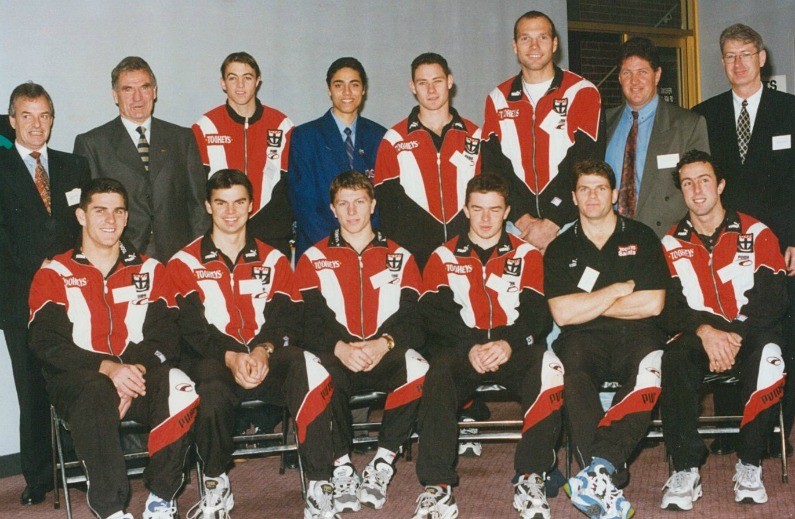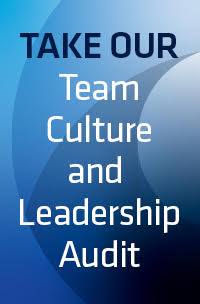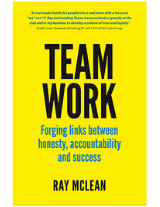The Broader view of Football mid 90s
In the 90s, the AFL had more concerns with merger talks (Fitzroy, Footscray, North Melbourne, Melbourne and Hawthorn) and the general health of the competition than it did about growth, television deals and the focus on the brand, image and social issues. The AFLPA was still in its infancy. Player managers were only just coming into the game. The club (whilst under-resourced) was still the main port of call for players in terms of support.
I joined St Kilda FC at the end of 1994 as, what was then termed, a Human Resource consultant. At that stage, we were right in the middle of the transition from part-time to full-time footballer. We saw training come back from 5.00pm to start mid-afternoon. I recall players who were holding down “real” jobs flying through the door, taking off their suit and tie and getting ready for training as soon as they could, knowing they had left work early to attend. At the same time I also witnessed the first lot of “professional” players walking in to training – some with matted hair clearly from just having got out of bed.
Part of my role had been shaped because the St Kilda administration knew that along with this new found “professionalism” other problems were surfacing within the playing ranks. Binge drinking and gambling were already issues of concern.
When I started at the Saints, the coach and general manager were full-time. We knew that the club’s primary focus was still to win games of football (although our history suggested we didn’t do this very well). Traditional work didn’t fit anymore and educational institutions were less flexible than nowadays. Fortunately Stan Alves (senior coach) believed in a more holistic development of the athlete so we introduced in house professional development programs (communication and presentation skills courses) and also decided to trial a life skills programs in schools, prisons and the juvenile justice system.
As rudimentary as the program was, we wanted to simulate part-time work. The players had to volunteer and then commit. They were given training and then supervised on the job. They were required to review their performance. For this they were paid a set wage. If their performance was sub standard they were given feedback. If they didn’t meet commitments (missed a session) they had to return to the client and be held to account.
It must be said the program had player development as a primary focus. We also considered the program to be a part of the player’s football program. In other words, we actually counted the hours as part of his football week. The intent was not to have players forced in to the program – we wanted them to volunteer and then move through and use the life skills they had developed to make smarter choices about education or work. The photograph represents some good examples of players who then went on with their education and pursued meaningful careers both in and out of the football industry.

The broader view in football now
The AFL now has a significant growth strategy and is seen as a leader in many social issues as well as having a major responsibility to protect the brand and image of the game (through the players). The AFLPA are an organisation which now have significant input into the game in relation to wellbeing of their constituents (the players). Player Managers are also a more significant influence in terms of supporting their clients (the players).
At Club (player) level there is still enormous pressure to win. Perhaps one of the biggest transformations at club level has been the significant shift in the physical preparation of the athlete. We now have the time, knowledge and resources to prepare the athlete in a very sophisticated manner. Interestingly, I have kept schedules of athletes over that time period and their actual time spent at the club has not varied significantly. How they spend their time there has!
The external environment has changed dramatically for clubs also. An equalisation policy exists, and many functions are being centralised through the AFL. Clubs need to innovate to stay ahead of the pack. Unfortunately, we are seeing that not all of these innovation strategies are within the rules. What we do know is that no matter what strategies are implemented by the AFL/Clubs/AFLPA – ultimately they affect the players.
Significantly issues around binge drinking, gambling and drug use are still with us – possibly worse than before.
So What!
I have little doubt that all the stakeholders I have mentioned (AFL, AFLPA, Clubs, Managers) have the player’s interests at heart. However, each of these bodies also has quite specific missions, goals and objectives they wish to achieve. More than ever, there exists the potential for these bodies to have conflicting agendas. To manage some of these conflicts (knowing the player is usually the most important resource) we need a degree of trust and empathy shown from these bodies when handling these potential conflicts.
My observation would be that we are moving toward a more adversarial relationship between stakeholders rather than one of collaboration.
Case study
At the moment the issue of extending the players’ leave period and looking at what constraints can be placed on players during leave is just bubbling along. It hasn’t received a lot of coverage simply because there are juicier scandals to report.
The easiest way to look for the potential for conflict is to take the position of each stakeholder.
AFLPA – Longer leave period, no constraints – good result under your charter
AFL– Already concerns about player behaviour in the off season – effect on brand and image
Clubs– With the sophisticated approach to physical preparation, need players to refresh but know the level of fitness required to sustain preseason and compete. There is no doubt some would see a competitive advantage to be gained if you steal a break in this period (use of GPS data could be an example). Each club’s stance will be different depending on the culture they are trying to create.
Players– The players would on the surface enjoy a longer break with no intrusion. Ultimately the individual player’s sense of security on the list will guide his behaviour no matter what the rules say or who says what.
I recently ran a session with a playing group looking at the question – What does an ideal midseason break look like for an elite AFL player? What are the risk factors? – as a part of a development session. The players compiled a list and then we spoke about who in our group may have been in the
· High risk
· Some risk or
· No risk category
We then spoke about strategies for the individuals. It should be noted that one of our most professional athletes was considered some risk – his risk was actually NOT having a break at all.
Challenge
The challenge for the stakeholders (AFL, AFLPA, Clubs, Managers) is that many of the strategies implemented (in good faith) on behalf of the players, will need to be underpinned by flexibility and real empathy for each other’s position.
Significant trust is required. If the relationship between the key stakeholders is not based on trust then we end up with a win/loss scenario. This is typified by organisations bogged down in red tape, rules and regulations.
The irony is that when we have a win/lose mentality; the people most affected are the players. Yet they are the ones that all stakeholders believe they need to support.
Ray founded Leading Teams in 1992 after working as a leadership officer with the Air Force. He has published two books, ‘Any Given Team’ and ‘Team Work’. Ray is based in Geelong.
Learn more about Ray.



